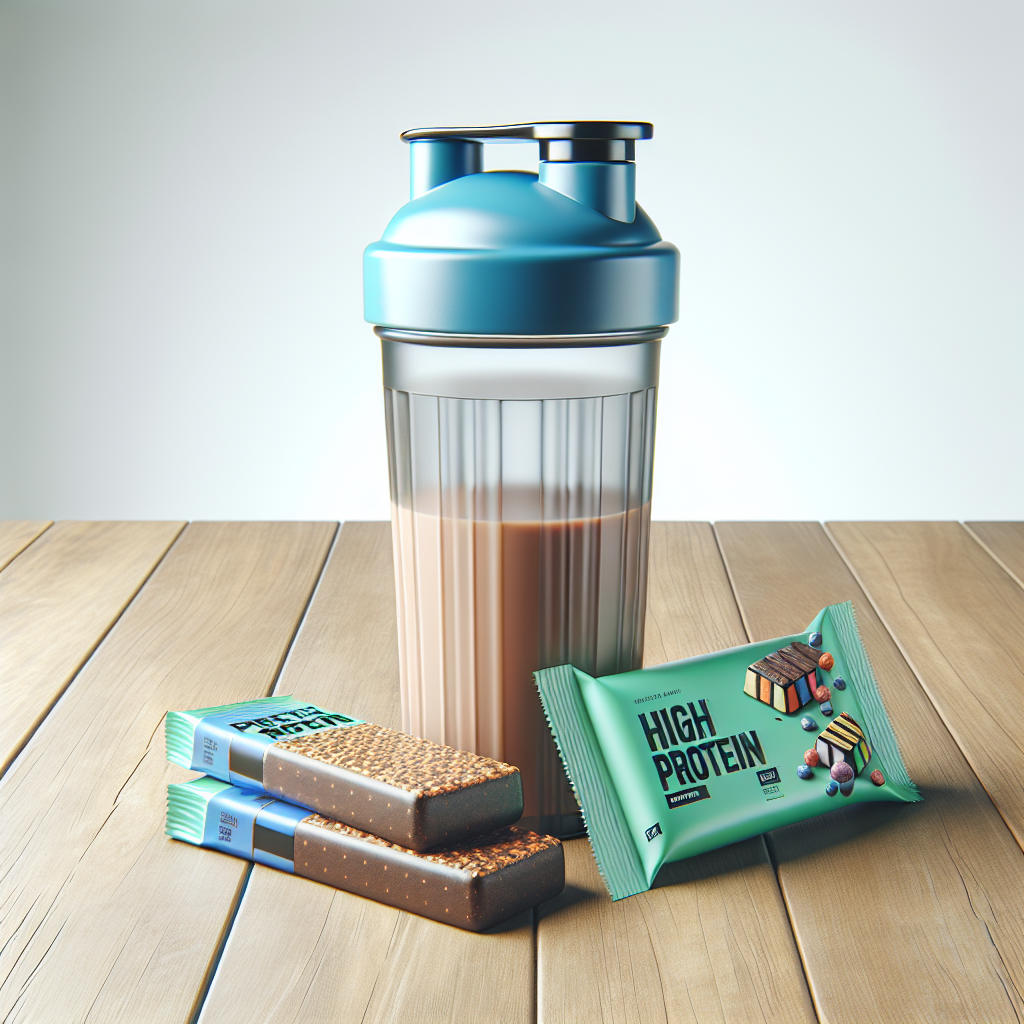Millennials and a general consumer interest in improving health and losing weight are driving up sales of high-protein packaged food and beverage products, according to a newly released industry report by investment bank William Blair.
Sales of products labeled as “high-protein” in grocery aisles and frozen and refrigerated food sections have grown at an estimated compound annual rate of over 7% from 2021 to 2023, the William Blair analysts wrote in their July 12 report. By 2023, sales for these products had reached over $30 billion, according to data from analytics company Circana.
William Blair analysts noted that this surge in sales aligns with a growing consumer interest in high-protein products, especially among millennials.
Online search interest for “high protein” peaked in 2023, based on data from consumer intelligence company Brandwatch. Additionally, the number of people discussing “high protein” rose by 32% in the 12 months leading up to May 2023.
Interest in high-protein diets was most notable among millennials, with about 52% of all online mentions of “high protein” coming from individuals aged 25 to 40.
The report also highlighted that the rising popularity of high-protein products is being driven by consumer interest in fitness and health.
According to the Euromonitor International Health and Nutrition Survey, the main reasons people pursued a high-protein diet were “to improve my fitness” and “it makes me healthier.”
Furthermore, the report mentioned that people using GLP-1 weight loss drugs like Novo Nordisk’s Wegovy and Eli Lilly’s Zepbound are also likely to increase their protein intake. High-protein diets can help minimize lean muscle mass loss, a side effect of these medications.
Morgan Stanley analysts project the global market for these weight loss drugs will reach $105 billion by 2030, with about 9% of the U.S. population expected to be on GLP-1 treatment by 2035.
Companies are beginning to respond to these shifts in consumer behavior. Earlier this year, Nestle announced the launch of a line of high-protein frozen meals to cater to people on GLP-1 drugs.
“In essence, it appears consumers increasingly want to live fit and be well, perceive that increasing the amount of protein in their diets is a means to these ends, and are voting with their pocketbooks for higher-protein foods and beverages to help them on their journeys,” William Blair analysts concluded in their report.
